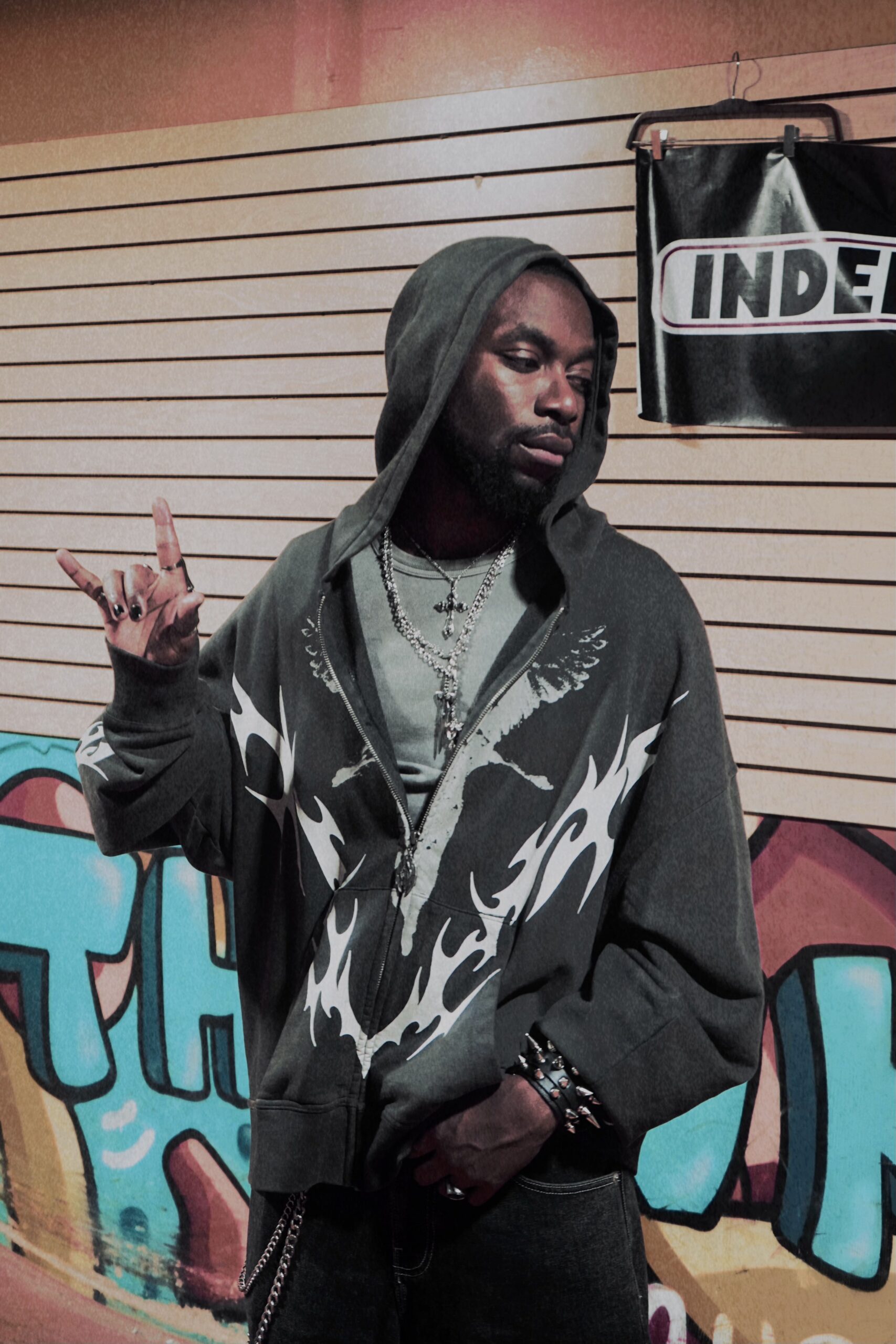Bomi Anifowose
There’s a shift humming beneath the glossy veneer of the Afrobeats-dominated airwaves, and it’s female. It doesn’t announce itself with loud fanfare or brash slogans, but with records that linger longer, lyrics that probe deeper, and aesthetics that challenge what power looks like in pop. Across Africa, the feminine force of music is no longer asking for space but reclaiming the blueprint. But is this African Pop Girl Renaissance a passing moment, or the beginning of a new industry order?
A Quiet Storm of Breakthroughs
Over the last three years, African female pop artists have moved from the periphery to the pulse of the culture. Think Ayra Starr, whose celestial blend of confidence and rawness resonates across borders. Or Tyla, who transformed “Water” into an unstoppable global hit that doesn’t just ride the Amapiano wave but propels it. Even beyond the mainstream, rising names like Xenia Manasseh (Kenya), Moliy (Ghana), and Tyra Chantel (Uganda), are building sonic brands that are experimental, bold, and deeply rooted in female perspective.
The data reflects the shift. Festival lineups across Lagos, Accra, Nairobi and Johannesburg are increasingly female-inclusive. DSPs (digital streaming platforms) like Audiomack and Spotify are highlighting African women in flagship playlists. But numbers aside, this renaissance is best measured in one thing: visibility. These artists aren’t just releasing songs, they’re building cultural memory.
What’s Changed?
Historically, African pop has been male-dominated not just in presence, but in theme. Women often existed in songs as metaphors or motivations, not as authors of the story. Today, African women are singing their own stories, and doing so with the kind of sonic diversity that breaks all molds.
Part of this change stems from:
Label shifts: Record labels like Mavin, Platoon, emPawa, and even international entities are intentionally investing in female acts.
Cultural advocacy: Initiatives like Spotify’s EQUAL Africa, Leading Vibe, and FemME Africa are not just performative, they’re creating pipelines.
Global feminist energy: There’s a wider social embrace of female self-expression that is sex-positive, Afrocentric, gender-defiant and these artists are channeling it without apology.
The Risks of Tokenism
Yet, with every cultural shift comes the risk of commercialization without commitment. Are we genuinely witnessing a female music ecosystem or merely spotlighting one girl at a time while the rest wait in line? Is the renaissance truly a movement or just a handful of standout stars temporarily allowed to shine?
Without a networked support system, female sound engineers, video directors, publicists, stage managers, and A&Rs, the pop girl wave risks becoming a trend, not a tradition.
And we must ask: how often are these women allowed to evolve? Do they get to outgrow their debut personas like their male counterparts do? Or are they boxed into aesthetics that only serve short-term commercial success?
From the Underground Up
The real renaissance might be happening underground. On TikTok and Instagram reels, teenage girls from Botswana to Benin are creating viral dances, acoustic covers, and bedroom records. They’re bypassing gatekeepers, building fan bases, and turning follower counts into career currency.
This grassroots activity, when nurtured, has the potential to decentralize African pop stardom. Lagos or Johannesburg might no longer be the sole launchpads. Instead, we may soon witness breakout stars from Bulawayo or Banjul.
So, Is It Here to Stay?
That depends on whether we see this moment as cultural capital or cultural change.
If fans, brands, and platforms continue to amplify diversity within womanhood—from femme to androgynous, mainstream to alternative, hypersexual to spiritual—then this renaissance becomes an industry pillar, not a trend report.
If women are allowed to fail and return, take risks and regroup, experiment and still eat—then yes, it’s here to stay.
If the African Pop Girl isn’t reduced to “the one we have right now,” but seen as a constellation of voices, genres, and languages, then what we’re witnessing is not just a moment in time—it’s a rewriting of the time itself.




